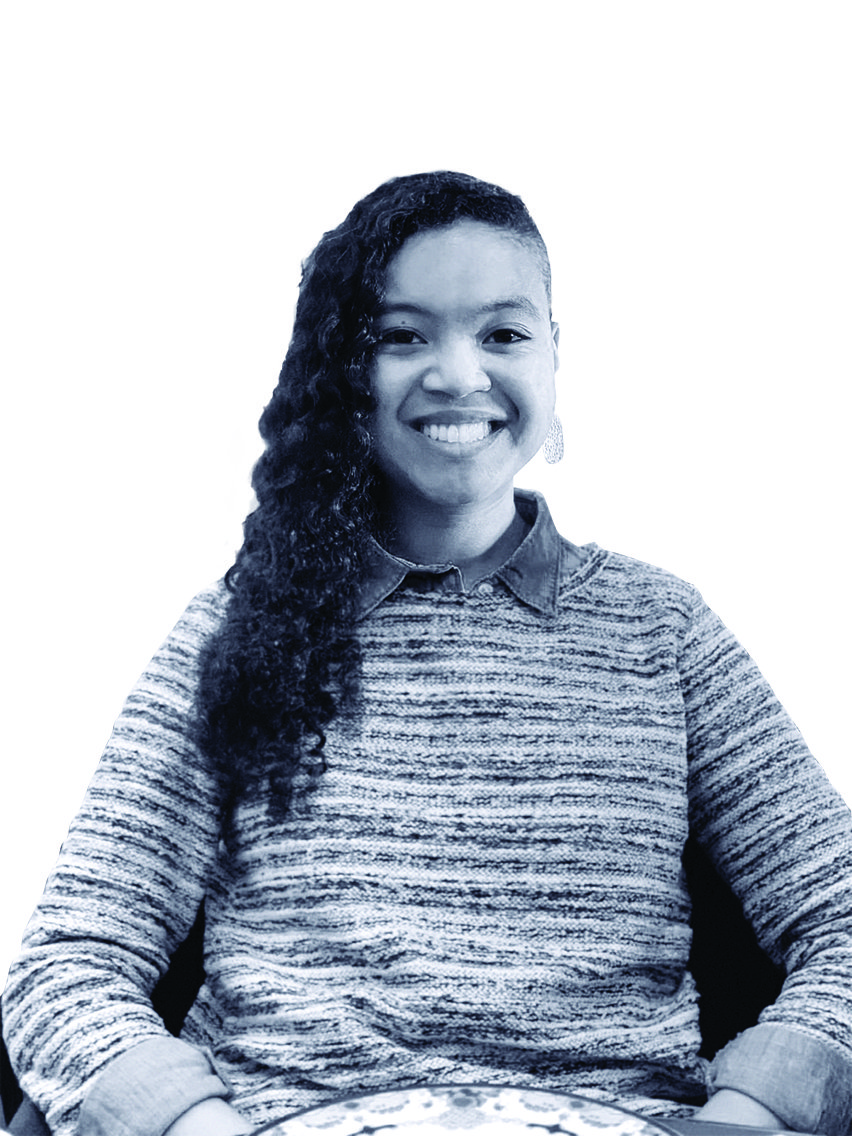Software
Leilani Battle
Her program sifts through data faster so scientists can focus more on science.

Latin America
Freddy Vega
His online education platform boosts students' income and trains tech entrepreneurs.

Asia Pacific
Anastasia Volkova
How It’s Made: Autonomous Farms

MENA
Ghada Zamzmi
Intelligent system for continuous monitoring, prompt detection, context-aware assessment, and early prediction of neonatal pain.

Latin America
Sergio Marín
His start-up uses IoT to monitor patients remotely in order to improve access to health systems.
